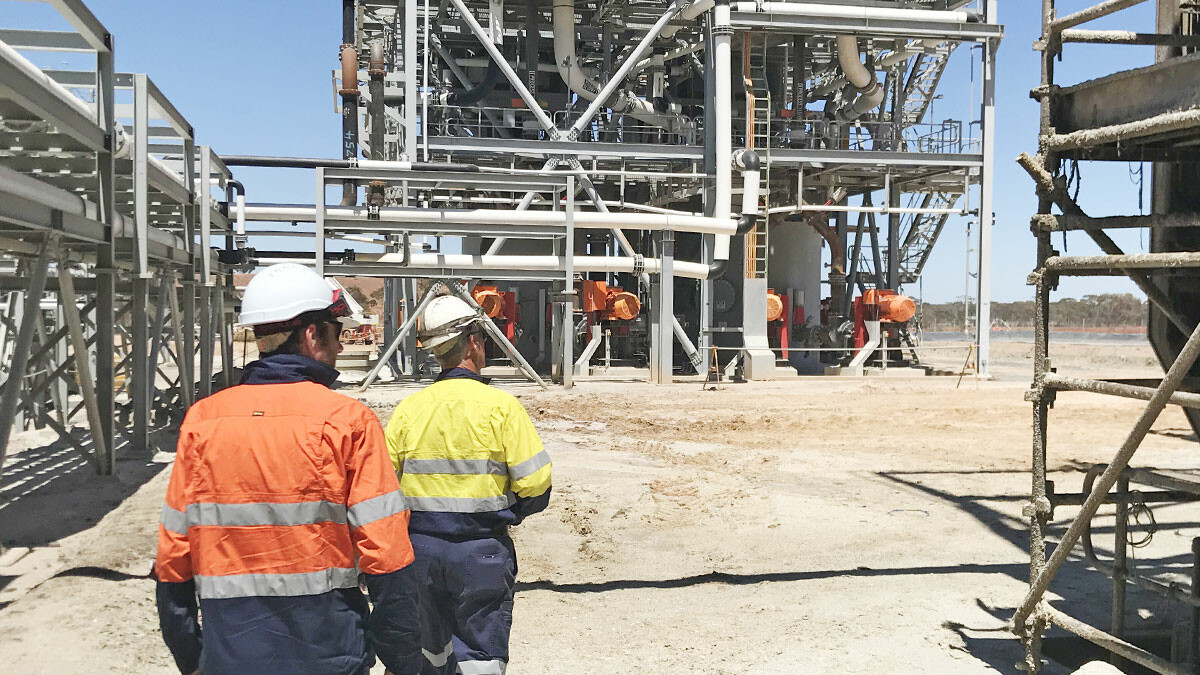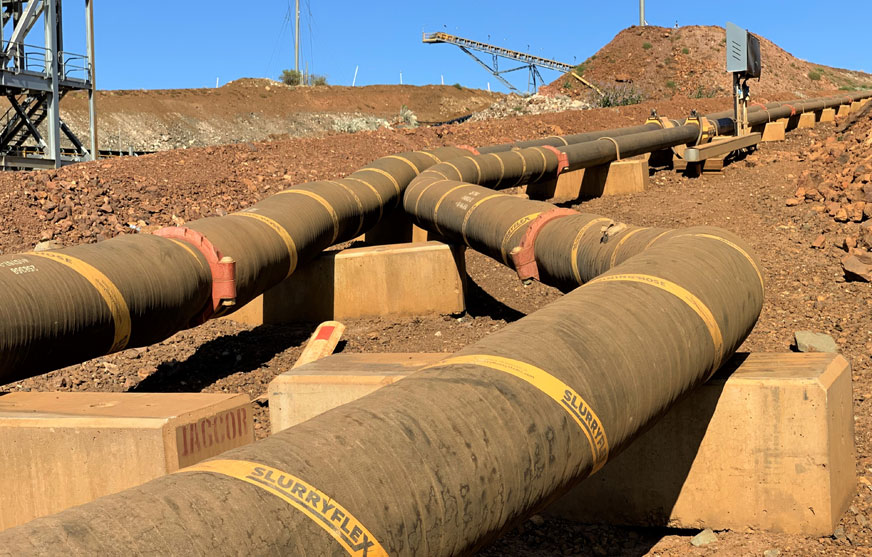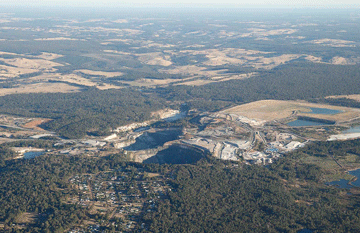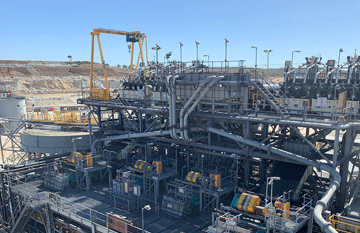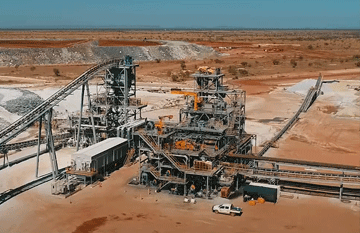Lithium slurry is some of the most coarse, abrasive slurry found in mining. If you don’t design your slurry piping system correctly, lithium slurry will destroy the high wear areas of the plant once it’s up and running—eventually making it less safe and less productive for the operator.
The glass-like shards of lithium ore are unforgiving on all aspects of the slurry piping system. If it’s not designed right, the slurry valves, pumps, and piping all become problem areas.
Engineers who deal with lithium slurry every day have found ways to fix these problem areas for good.
Here are five stories from established lithium plants where they’ve successfully redesigned their slurry piping system:
1. Ngungaju Plant, Altura: High wear rate on cyclone feed piping
At Ngungaju plant, HDPE piping was part of the original design on the cyclone feed Y-piece. But the operators were caught in a constant unplanned maintenance cycle—leak, bandage, replace—every 9 weeks. For this application, HDPE simply wasn’t durable enough.
They reviewed all the wear liner options available. To better cope with the abrasive wear, they decided on a polyurethane lined pipe for the Y-Piece. They paired these spools with a high-quality slurry hose for the bends and straight geometries.
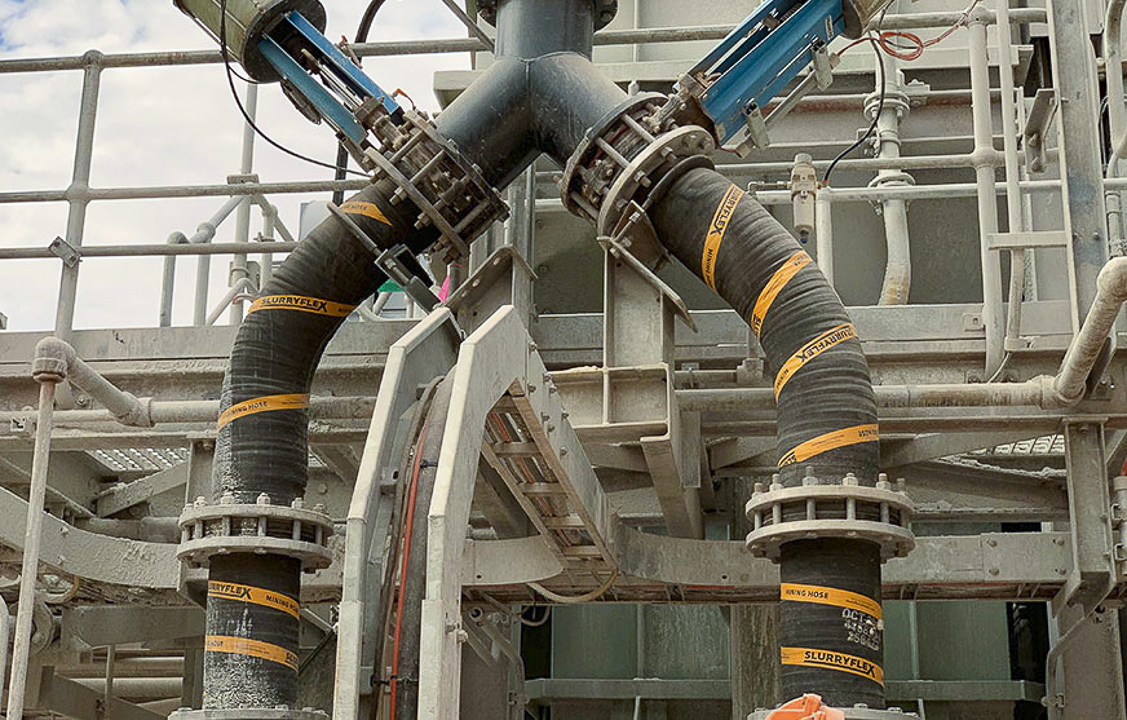
Polymer-lined Y-piece with mining hose bends
By combining the abrasion resistant qualities of the Y-piece with the vibration dampening of mining hose, they’ve created a much more efficient system to deal with high-velocity slurry running through the line.
The result is the new polymer-lined Y-piece has lasted so well that it hasn’t been replaced since.
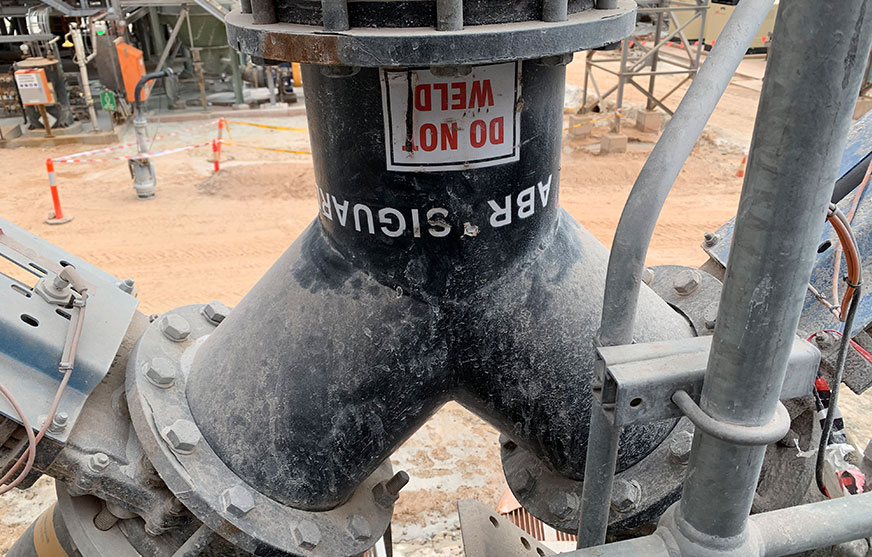
Polymer-lined Y-piece
2. Mt Marion Mine, Mineral Resources: Coarse classifier elbows failing before shutdowns
Two years ago, the rubber-lined steel elbows in Mt Marion’s process plant leaked after only four weeks of service.
The maintenance team were frustrated. Every time they fixed a leaky elbow spool, another one would blow out in a different area of the plant.
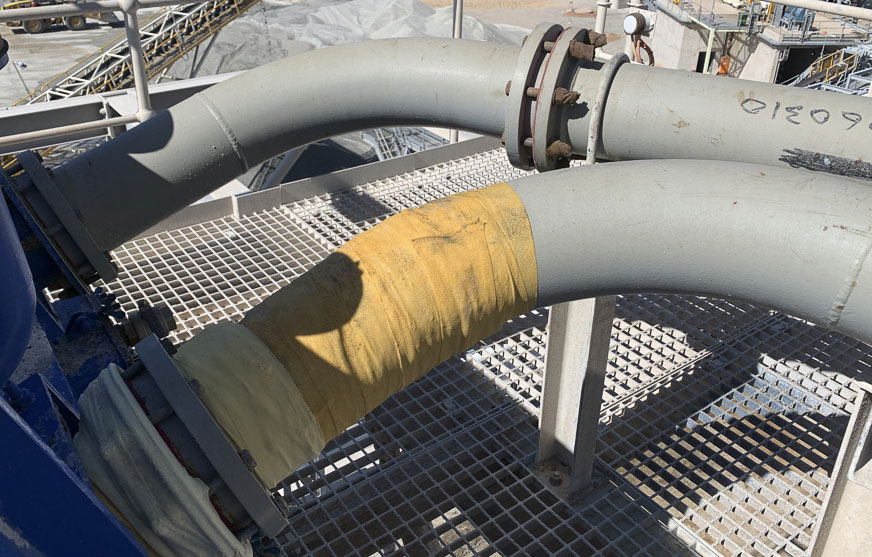
Bandaged rubber-lined steel spool (before)
So, they redesigned the problem bends with more durable spools. Initially they trialled ceramic-lined hose on the coarse classifier line elbows to see how it performed.
They chose a mining hose with ceramic-lined tiles embedded along the outer arc. The maintenance team installed the hose, let it run, and were surprised when it was still going strong more than 12 months later.
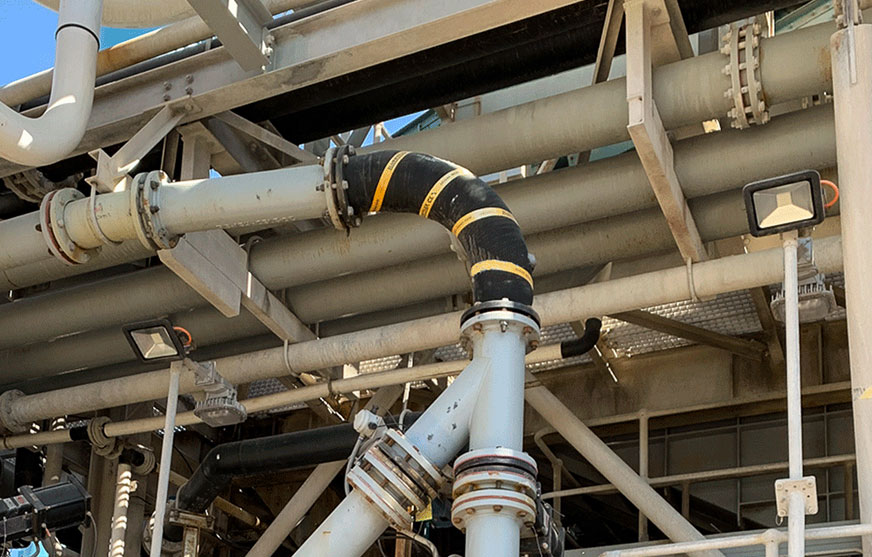
Mining hose bend installed (after)
Two years on, they’ve upgraded to ceramic-lined mining hose throughout other high-wear areas of their plant and they’re now getting 12x the wear life from the new hose.
The team can now ‘set and forget’ those sections of slurry piping, instead of bandaging leaking elbows every few weeks.
3. Pilgangoora Mine, Pilbara Minerals: Diaphragm valves not handling high-velocity slurry
A custom pinch valve re-design has ended headaches for the maintenance team at Pilbara Minerals’ Pilgangoora lithium-tantalum process plant.
The maintenance team were only getting a few weeks out of their diaphragm valves. High-velocity slurry was wearing through the rubber diaphragm, body, and downstream pipework.
The valves were too large for the required flow control, so as a workaround, the team were only opening them by a fraction. This was increasing the slurry velocity, causing extra wear, and reducing the range of control.
This video shows how hard, sharp lithium slurry can build up between the gate and rubber seats, causing damage.
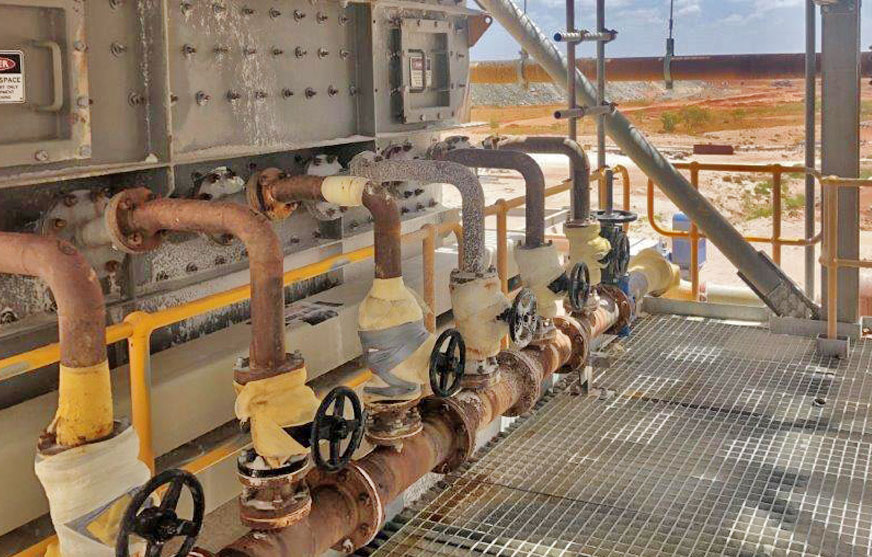
Heavily bandaged diaphragm valves (before)
By only partially opening a diaphragm valve, you end up with wear on the valve and pipework. To solve this issue, they decided to try pinch valves. This type of valve guides the slurry through the centre line, rather than towards the pipe lining. Pinch valves also help reduce velocity, increase rangeability, and reduce turbulence.
They chose to re-design the pinch valves with reduced port sleeves to match the flow conditions. The longer face-to-face length means they fit seamlessly with the existing pipework.
The team are now getting several months out of the valves. Plus, they only need to replace the worn sleeve, rather than the entire valve, when it’s time to carry out maintenance.
4. Wodgina Mine, Mineral Resources: New tailings line design safer with high pressures
Managing tailings waste is a critical part of the mining process.
In 2019, to cater for the new Spodumene Concentrate Plant, engineers designed an extension to Wodgina’s tailings storage facility. They had to come up with a long-term solution to safely transport lithium tailings slurry to the dam.
It needed to withstand the extreme environmental conditions of WA’s Pilbara region, handle changing operating pressures up to 30Bar, and be easy to maintain.
The designers specified slurry pipeline hose with a pressure rating of 50Bar, with reinforced spigot ends and Victaulic grooved end connections for ease of installation.
To help with predictive maintenance, they chose to include built-in wear monitors.
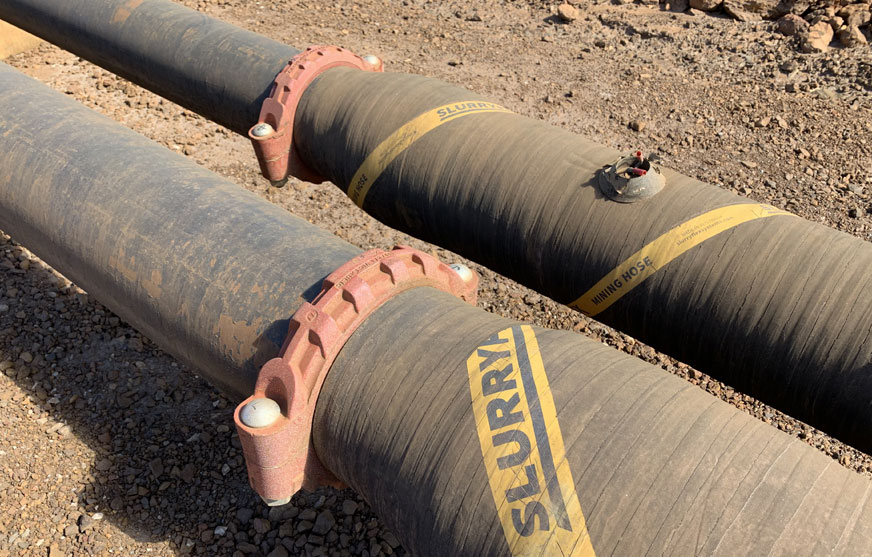
Built-in wear monitor
The new tailings line was a success and is still performing well five years on.
5. Pilgangoora Mine, Pilbara Minerals: Think durability for high-wear bends
Back in 2018, when Pilgangoora’s Pilgan Plant was being designed, DRA’s design engineers wanted to lay the groundwork for the plant to be long-lasting, low-cost, and sustainable.
This meant taking a new approach when it came to slurry piping—and four years on, it’s paid off.
In the past, a new plant would’ve been built with low-cost rubber-lined pipe or HDPE. This would be low cost at the construction stage, but create a big long-term problem—increased maintenance costs over the life of the plant. And all because of one word: durability.
So, DRA looked for a way to design a more future forward plant.
They wanted a high performing system that could easily cope with sharp, abrasive lithium slurry.
When it came to choosing piping for the spiral feed line, they needed a mining hose that would be durable on the high-wear bends.
After reviewing all their options, they specified a hard-wall mining hose with Grade A rubber because it gives long term resistance to abrasion, cutting, and tearing.
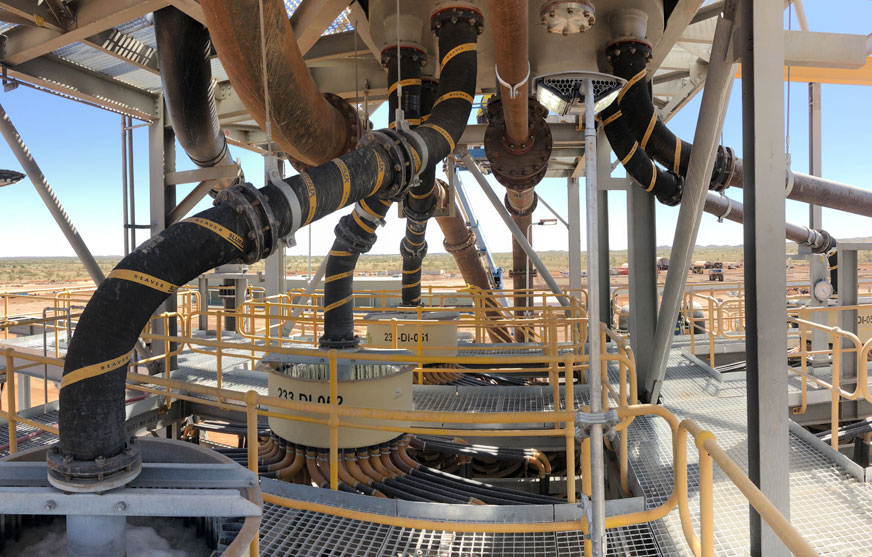
Slurryflex mining hose installed on spiral feed
This decision paid off. Now, instead of spending their time bandaging leaky pipes, they can focus on other areas of the plant. And their spiral feed piping doesn’t cause costly halts in production.
By using mining hose in this part of the system they’ve reduced vibration and made it easier for maintenance teams to install during shuts.
It turned out to be a smart choice. The improvements they made then are still performing well today. In fact, they’ve continued to upgrade other high-wear areas of the plant with mining hose too.
The lesson learned here? It makes sense to design and build it properly from the beginning.
Lessons learned from other lithium mines
Lithium slurry can be unforgiving. The slurry properties make it challenging to deal with for both operators and designers.
There are new wear liner materials, custom manufacturing options, and predictive maintenance devices out there now. These all contribute to a slurry system that is safer and better for the end user.
With each new plant design we can make smarter choices—and ultimately create a new plant that is both more efficient and more reliable.








